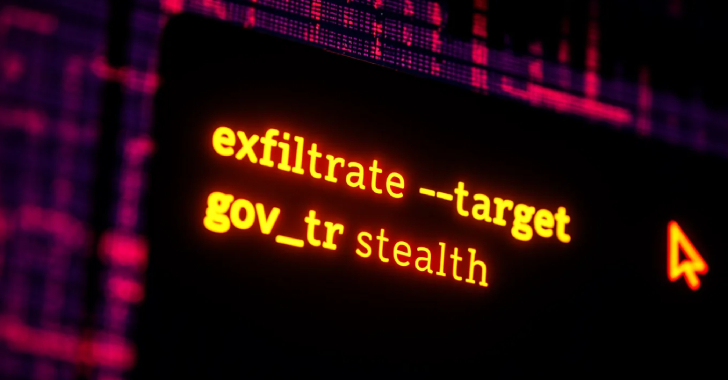
Your ‘How-To’ Guide to GDPR Compliance
In today’s digital age, the protection of personal data is of utmost importance. The General Data Protection Regulation (GDPR) was introduced by the European Union in 2018 to ensure the privacy and security of individuals’ personal information. If your organization collects or processes personal data of European Union citizens, it is crucial to be GDPR compliant to avoid hefty fines and reputational damage. This article will provide you with a comprehensive guide to achieving GDPR compliance.
Understand the Scope and Requirements of the GDPR
The first step in achieving GDPR compliance is to understand its scope and requirements. The regulation applies to organizations that process personal data of individuals residing in the European Union, regardless of the organization’s location. Personal data includes any information that can directly or indirectly identify a person, such as names, addresses, email addresses, or unique identifiers.
Appoint a Data Protection Officer
Designating a Data Protection Officer (DPO) is a mandatory requirement under the GDPR for certain organizations. The DPO is responsible for ensuring compliance with the regulation, advising the organization on data protection matters, and acting as a point of contact for data subjects and supervisory authorities.
Conduct a Data Audit
Performing a thorough data audit is essential to identify and understand the personal data your organization collects, processes, and stores. This will enable you to assess the risks and establish necessary measures to protect the data. The audit should cover all aspects of data handling, including data collection processes, storage locations, data retention periods, and data sharing with third parties.
Obtain Consent
One of the fundamental principles of the GDPR is the requirement to obtain valid consent from individuals for collecting and processing their personal data. Consent must be freely given, specific, informed, and unambiguous. It should be obtained through clear and distinguishable affirmative actions, and individuals must have the right to withdraw their consent at any time.
Educate and Train Staff
To ensure compliance throughout your organization, it is crucial to educate and train your staff on GDPR principles and regulations. Staff members who handle personal data should be familiar with the requirements and understand their responsibilities in protecting the privacy and security of the data. Regular training sessions and updates should be conducted to keep everyone informed about evolving data protection practices.
Implement Privacy by Design
Privacy by Design is a concept that involves considering privacy and data protection from the initial stages of designing systems or processes that handle personal data. It requires integrating privacy features into your organization’s data practices, adopting data minimization techniques, and implementing strict access controls to ensure the privacy and security of personal data.
Establish Data Subject Rights
The GDPR grants individuals several rights regarding their personal data. These include the right to access, rectify, erase, and restrict the processing of their data. Individuals also have the right to data portability, meaning they can request their data in a commonly used machine-readable format. Your organization should have procedures in place to handle these requests within the specified time frames, typically within one month.
Ensure Data Security and Breach Response
Implementing appropriate technical and organizational measures to ensure data security is a crucial aspect of GDPR compliance. This includes encryption, access controls, regular security assessments, and the appointment of a dedicated data security team. Additionally, your organization should have a well-defined incident response plan in place to effectively handle and report data breaches to the supervisory authorities within the required timeframe.
Maintain Records and Documentation
Under the GDPR, organizations are required to maintain detailed records and documentation of their data processing activities. This includes documenting the legal basis for processing personal data, data sharing agreements, data retention periods, and the measures in place for data security. Keeping accurate records allows your organization to demonstrate compliance with the GDPR if required.
Monitor and Review Compliance
GDPR compliance is an ongoing process. Regular monitoring and assessment of your organization’s data protection practices are essential to ensure compliance is maintained over time. Conduct periodic internal audits, review data protection policies and procedures, and keep up with any updates or changes to the GDPR.
In conclusion, achieving GDPR compliance is crucial for organizations collecting or processing personal data of European Union citizens. By understanding the scope and requirements of the GDPR, appointing a Data Protection Officer, conducting a data audit, obtaining valid consent, educating staff, implementing privacy by design, establishing data subject rights, ensuring data security, maintaining records, and regularly monitoring compliance, you can protect personal data and avoid penalties. Remember, compliance is an ongoing commitment to maintaining the privacy and security of personal data in the digital age.
Contact Cyber Defense Advisors to learn more about our GDPR Compliance solutions.





